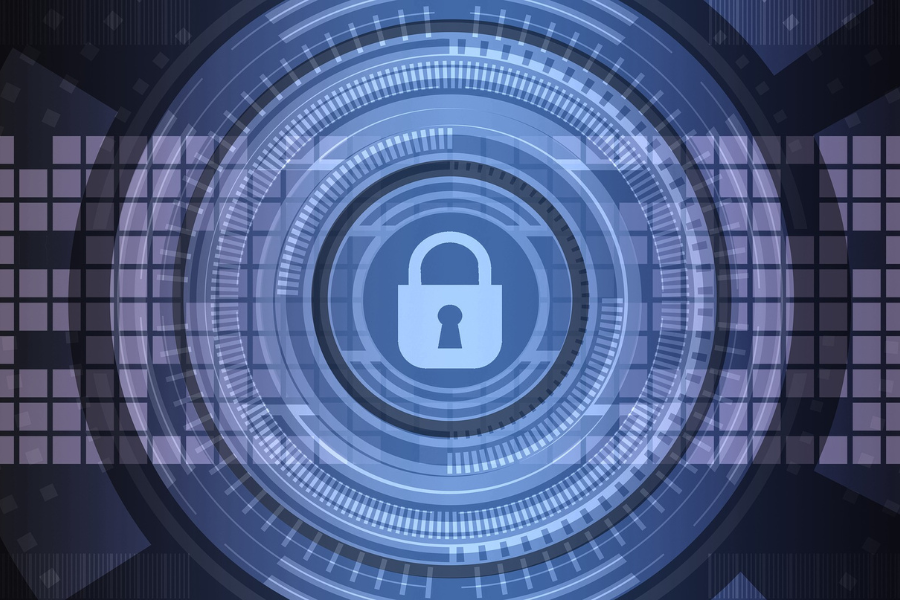1. Password Management
Strong passwords are your first line of defense against unauthorized access.
- Use complex passwords with a mix of uppercase and lowercase letters, numbers, and symbols
- Create unique passwords for each account
- Regularly change your passwords
- Consider using a password manager to generate and store complex passwords securely
2. Multi-Factor Authentication (MFA)
Enable MFA on all your important accounts, especially those related to finances, email, and social media . This adds an extra layer of security by requiring a second form of verification, such as a fingerprint scan or a code sent to your phone.
3. Software Updates and Patch Management
Keep all your devices and software up-to-date . Enable automatic updates whenever possible to ensure you’re protected against the latest security vulnerabilities.
4. Antivirus and Anti-malware Protection
Install reputable antivirus and anti-malware software on all your devices . Regularly run scans and keep the software updated to defend against the latest threats.
5. Secure Your Network
Protect your home Wi-Fi network by:
- Using a strong, unique password
- Enabling WPA3 encryption (or at least WPA2)
- Changing the default network name (SSID)
- Disabling remote management
6. Phishing Awareness
Be cautious of suspicious emails, messages, or links . Never click on links or download attachments from unknown sources. Verify the sender’s identity before sharing sensitive information.
7. Data Backups
Regularly back up your important data to an external hard drive or a secure cloud storage service . This ensures you can recover your information in case of device loss, theft, or ransomware attacks.
Advanced Security Measures
1. Virtual Private Network (VPN)
Use a VPN when connecting to public Wi-Fi networks or accessing sensitive information online . A VPN encrypts your internet traffic, making it much harder for hackers to intercept your data.
2. Firewall Protection
Enable and configure firewalls on your devices and home network. Firewalls act as a barrier between your devices and potential threats from the internet.
3. Secure Browsing Habits
- Use HTTPS-enabled websites whenever possible
- Be cautious when downloading files or software from the internet
- Regularly clear your browser cache and cookies
4. Social Media Privacy
Review and adjust your privacy settings on social media platforms. Be mindful of the information you share publicly, as it can be used for social engineering attacks .
5. Mobile Device Security
- Use biometric authentication (fingerprint or face recognition) when available
- Only download apps from official app stores
- Regularly review and manage app permissions
Educate Yourself and Stay Informed
Cyber threats are constantly evolving, so it’s crucial to stay informed about the latest security trends and best practices . Consider participating in cybersecurity awareness training or following reputable cybersecurity blogs and news sources. By implementing these measures and staying vigilant, you can significantly enhance your personal cyber security and protect yourself in the digital age. Remember, cybersecurity is an ongoing process, so regularly review and update your security practices to stay one step ahead of potential threats.



